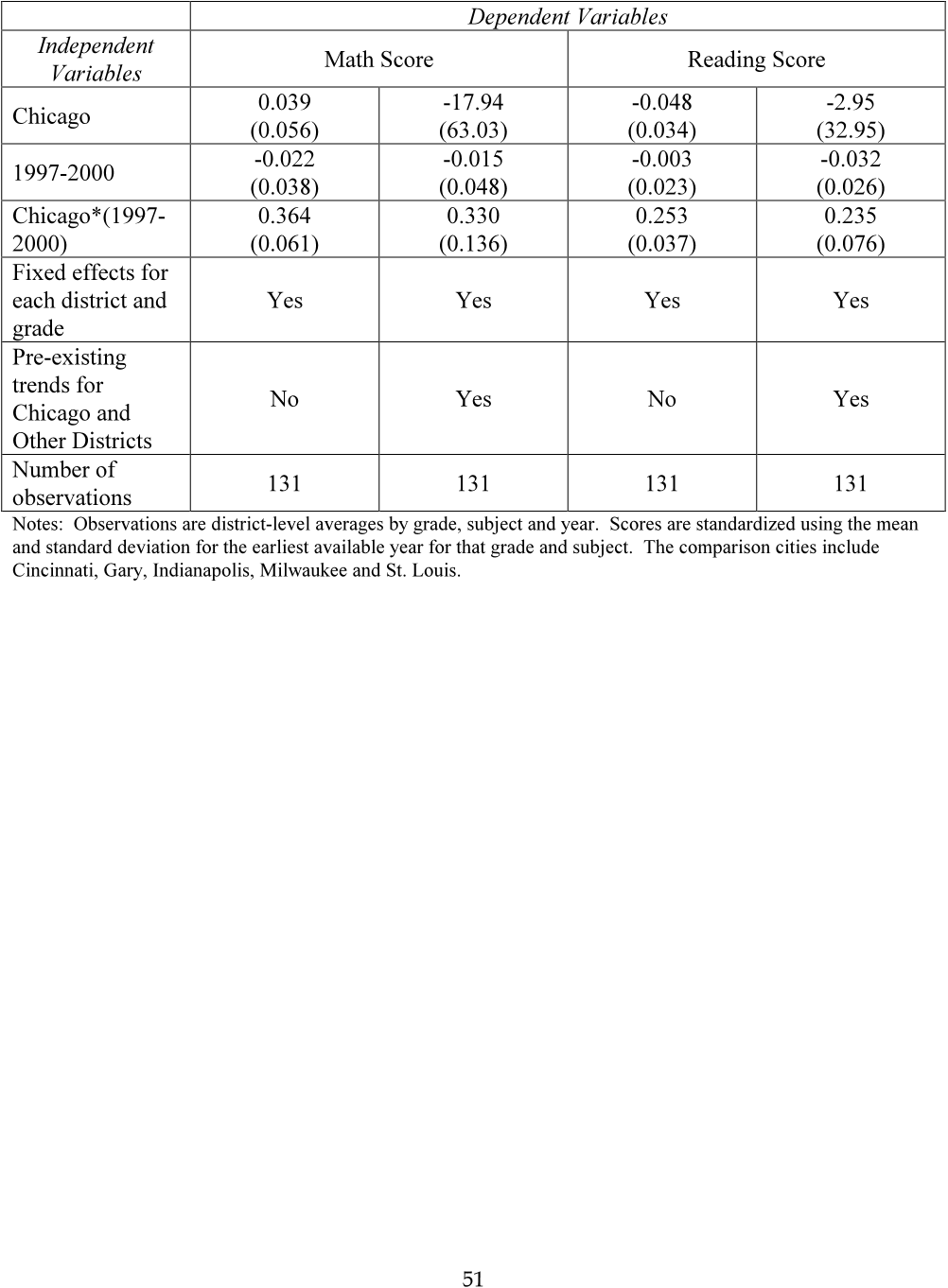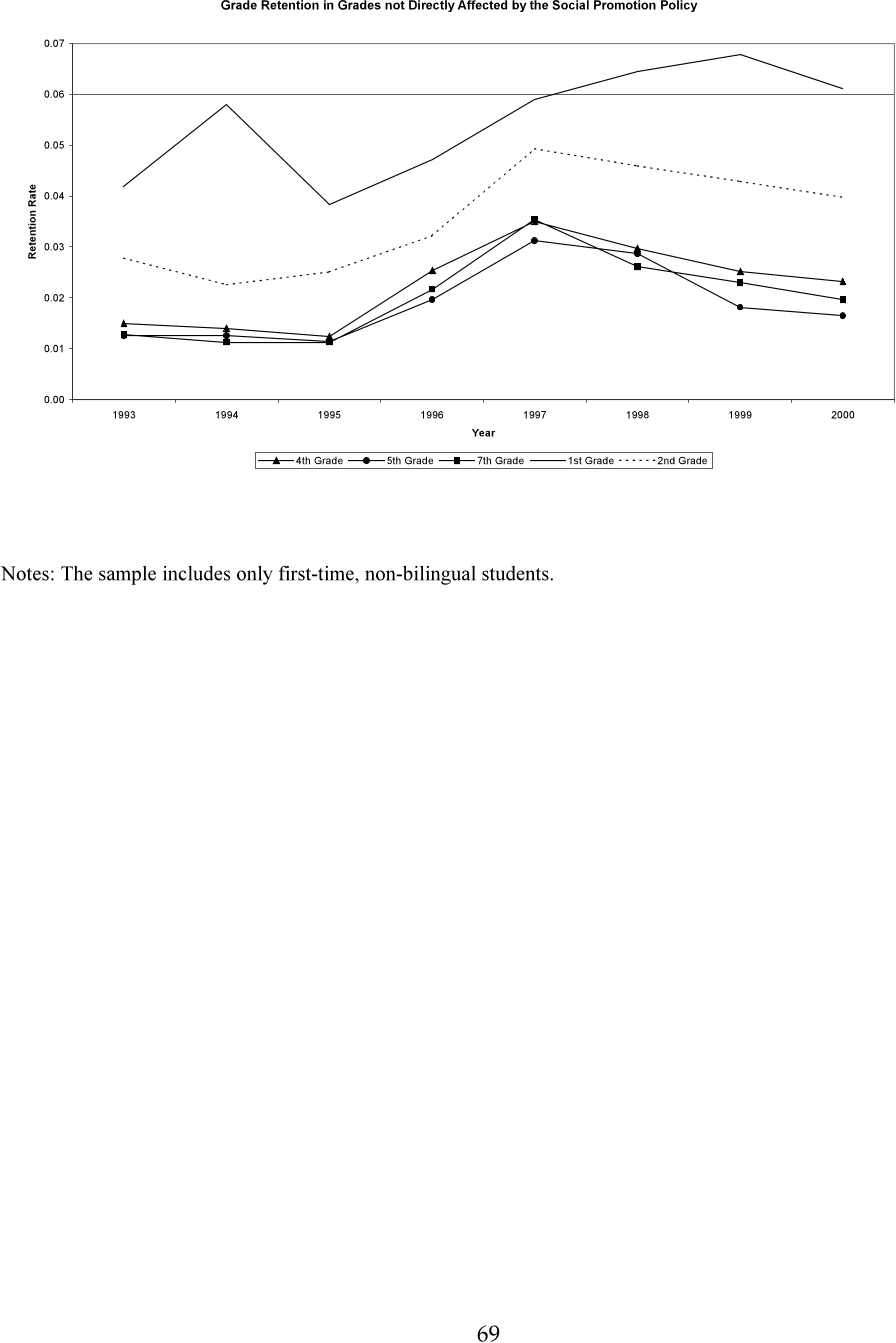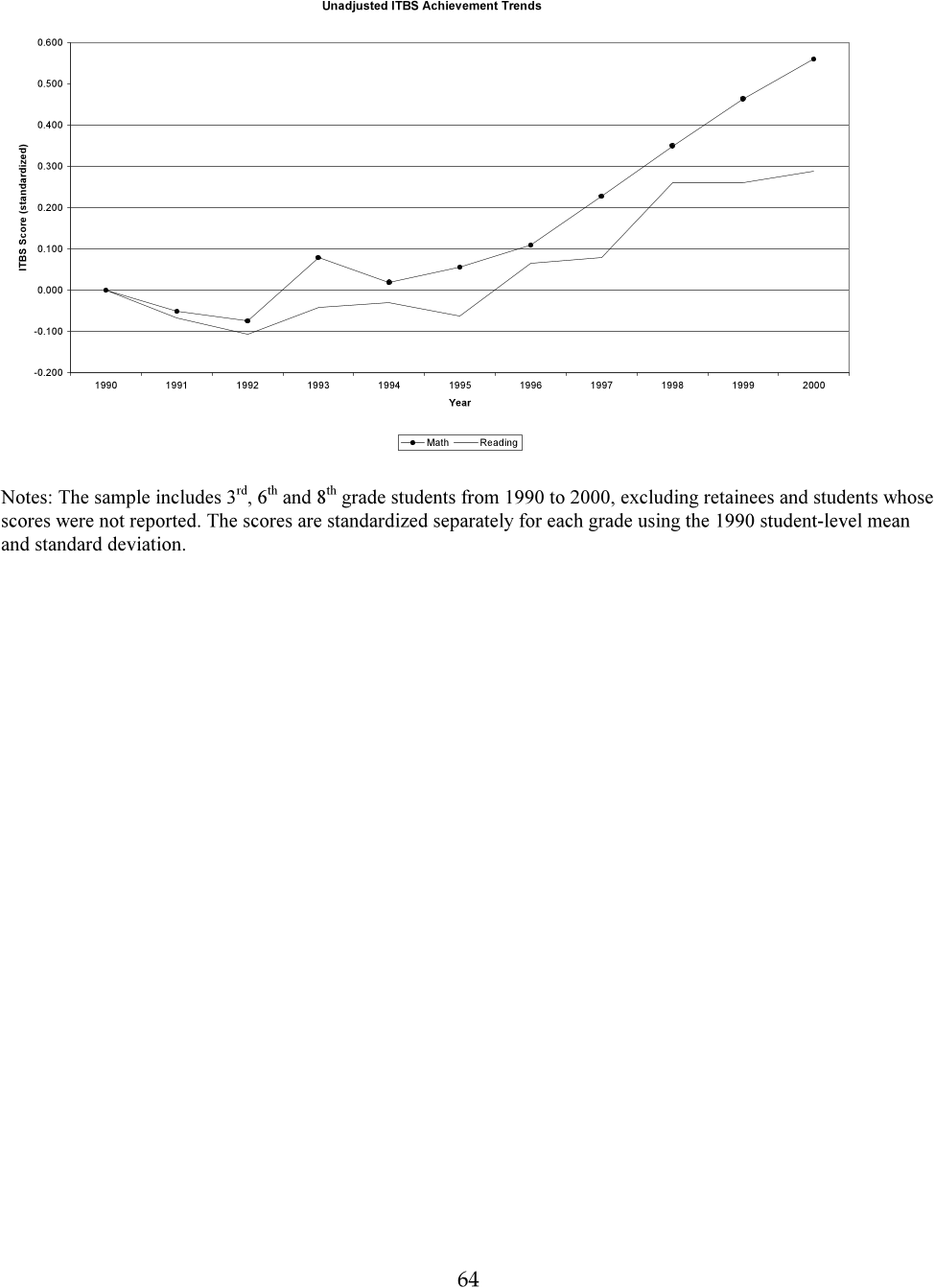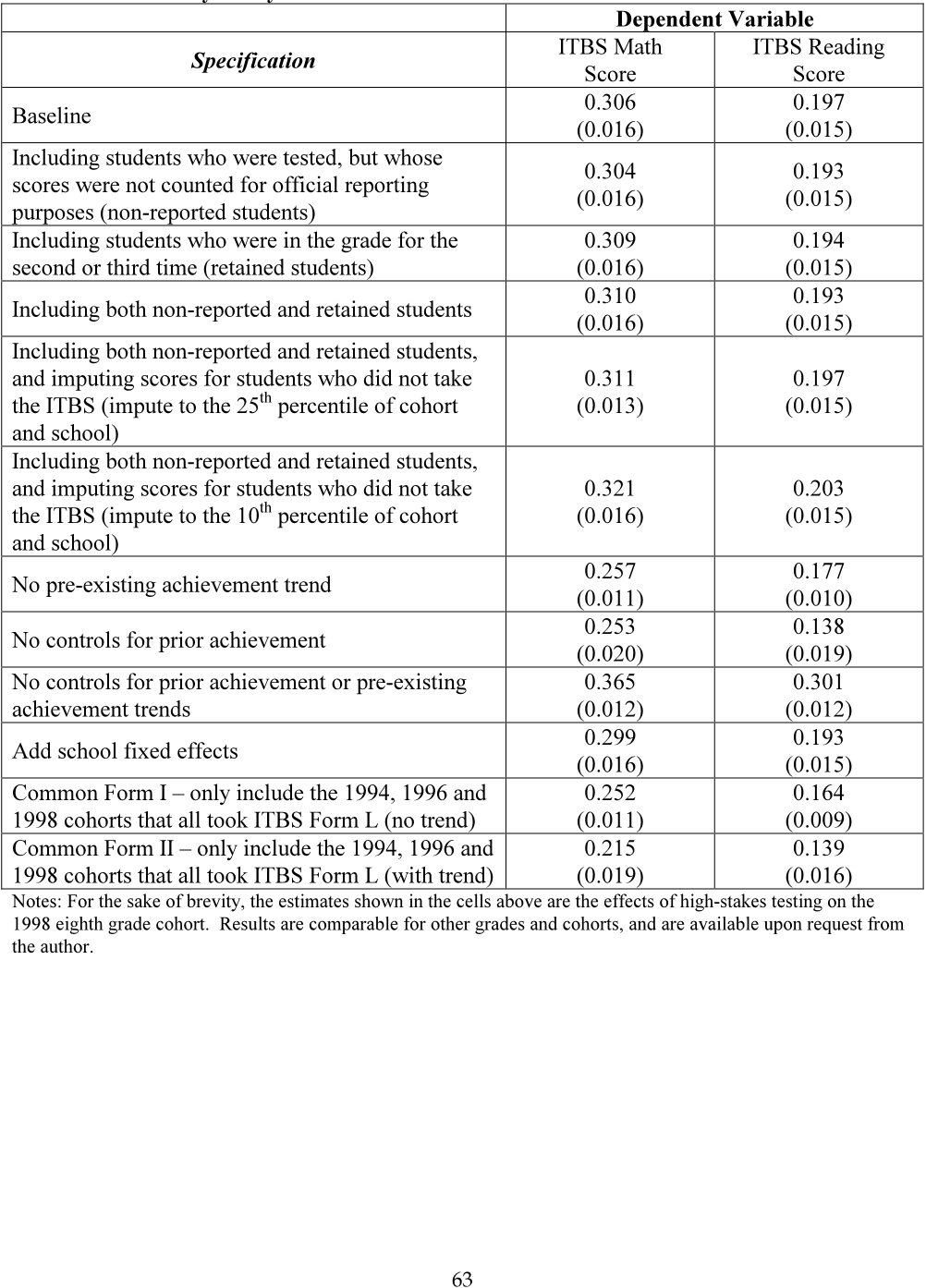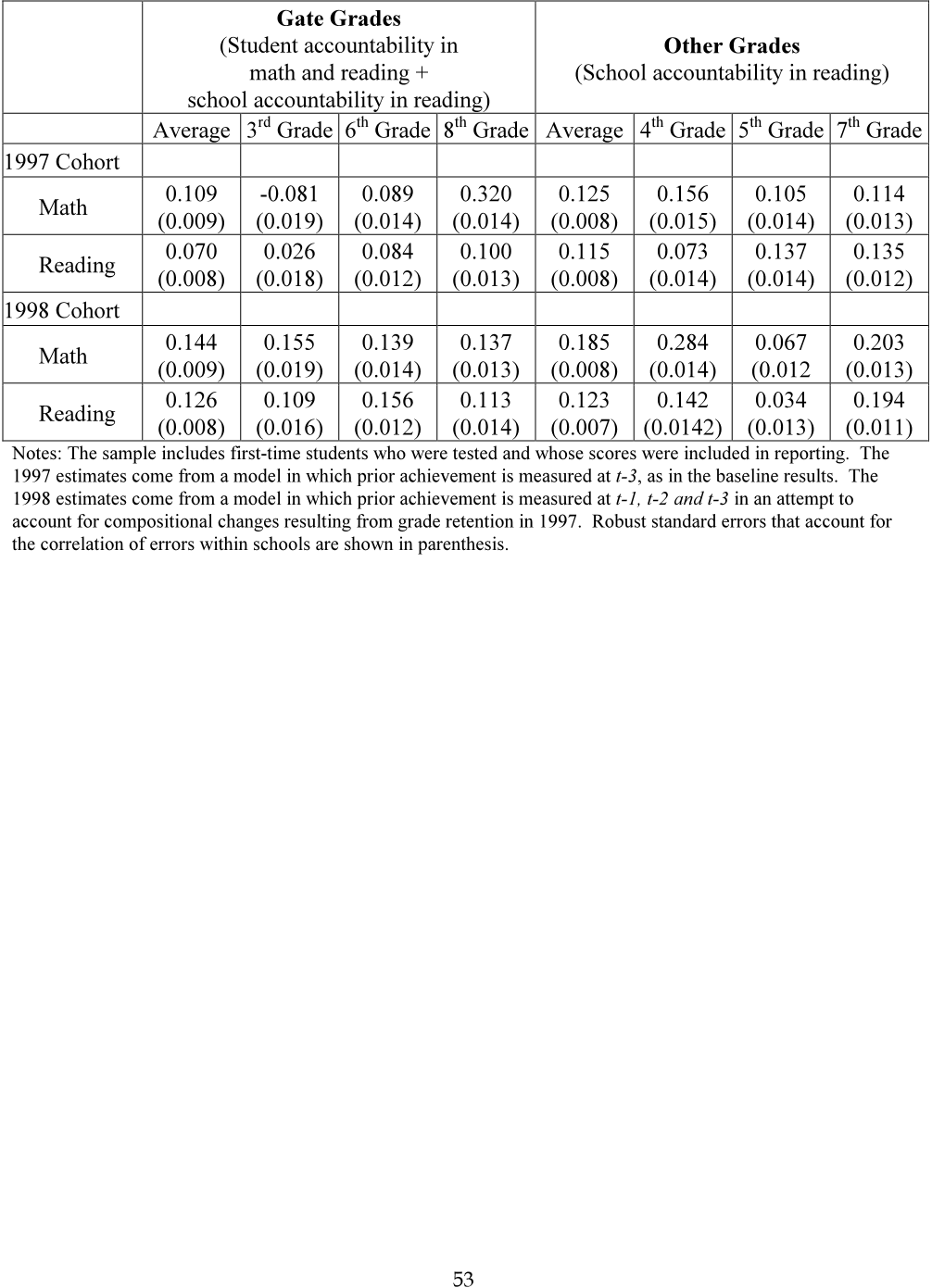Abstract: NBER WORKING PAPER SERIES ROTTEN APPLES: AN INVESTIGATION OF THE PREVALENCE AND PREDICTORS OF TEACHER CHEATING Brian A. Jacob Steven D. Levitt Working Paper 9413 http://www.nber.org/papers/w9413 NATIONAL BUREAU OF ECONOMIC RESEARCH 1050 Massachusetts Avenue Cambridge, MA 02138 December 2002 We would like to thank Suzanne Cooper, Mark Duggan, Sue Dynarski, Arne Duncan, Michael Greenstone, James Heckman, Lars Lefgren, and seminar participants too numerous to mention for helpful comments and discussions. We also thank Arne Duncan, Phil Hansen, Carol Perlman, and Jessie Qualles of the Chicago Public Schools for their help and cooperation on the project. Financial support was provided by the National Science Foundation and the Sloan Foundation. All remaining errors are our own. The views expressed herein are those of the authors and not necessarily those of the National Bureau of Economic Research. © 2002 by Brian A. Jacob and Steven D. Levitt. All rights reserved. Short sections of text not to exceed two paragraphs, may be quoted without explicit permission provided that full credit including, © notice, is given to the source.

